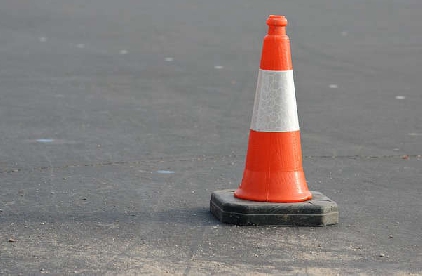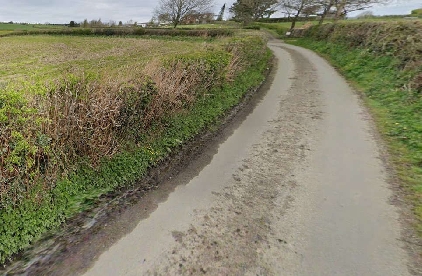
A technical glitch that caused an apparent delay in fire engine arrival times has been “rectified”, an officer’s report says.
But Shropshire Fire and Rescue Service chiefs say it will still be “a challenge” for the brigade to meet its 2020-21 target.
An earlier report for the county’s fire authority said a “technical issue” with on-board GPS equipment meant they were sending delayed data, and some vehicles logged as failing the 15-minute target had actually achieved it.
Chief Fire Officer Rod Hammerton and Assistant CFO Simon Hardiman write this month that this has been now rectified, and recorded arrival times are comparable to last year’s and the English average.
One of the brigade’s seven targets for 2020-21 is for the first engine to arrive with four firefighters on board to arrive at the scene of an emergency within 15 minutes of 89 per cent of occasions.
Writing for the Shropshire and Wrekin Fire and Rescue Authority Standards, Audit and Performance Committee in September, Officer Hammerton and Officer Hardiman said a “technical issue” involving vehicles’ on-board GPS equipment had been identified.
“This would have impacted upon the data transfer from appliances to Command and Control, leading to a delay in response times showing on the system,” they wrote, explaining that this falsely showed that crews had missed the 15-minute standard on occasions when they had in fact achieved it.
In these cases, they added, “crews would have utilised verbal updates via radio as opposed to the mobile data terminal”.
The committee is due to meet again on Thursday, December 3. In a new report for that meeting, Officer Hammerton and Officer Hardiman say that, between April and November 2020, the quarter-hour deadline has been met on 85.6 per cent of occasions. August saw the lowest recorded rate, at 80 per cent, while all other months saw between 85 and 88 per cent compliance.
“Analysis of the data has shown an improvement against this indicator since the last report in September,” Officer Hammerton writes.
“This has led to an improved average performance for the year to date.
“The previous issue, in relation to transfer of data from mobile data terminals on appliances to the command and control system, has been rectified, and this is evident when comparing the data from August (80 per cent) to November (88 per cent).”
The current data is “comparable with the figures for 2019-20”, he adds, “and it is clear that this target remains a challenge”.
But he adds that rural call-outs increased three percent between 2015 and 2019. This movement away from urban centres, and away from the location of fire stations, “will lead to increased travel time to reach the remote areas, and, therefore, the response standard”.
Shropshire Fire and Rescue Service’s average response time sits at eight minutes and 43 seconds. Officer Hammerton says this is the English average.
The six other performance standards concern reducing the number of deaths and injuries, limiting the number accidental and deliberate fires and containing indoor fires to their room of origin. The report notes that, the brigade has made “good progress” and is on course to achieve all of these.

 Revealed: The main roads in Herefordshire prioritised for repairs
Revealed: The main roads in Herefordshire prioritised for repairs
 Villagers fustrated over lack of road repairs
Villagers fustrated over lack of road repairs
 New Food and Drink group launched at online event
New Food and Drink group launched at online event
